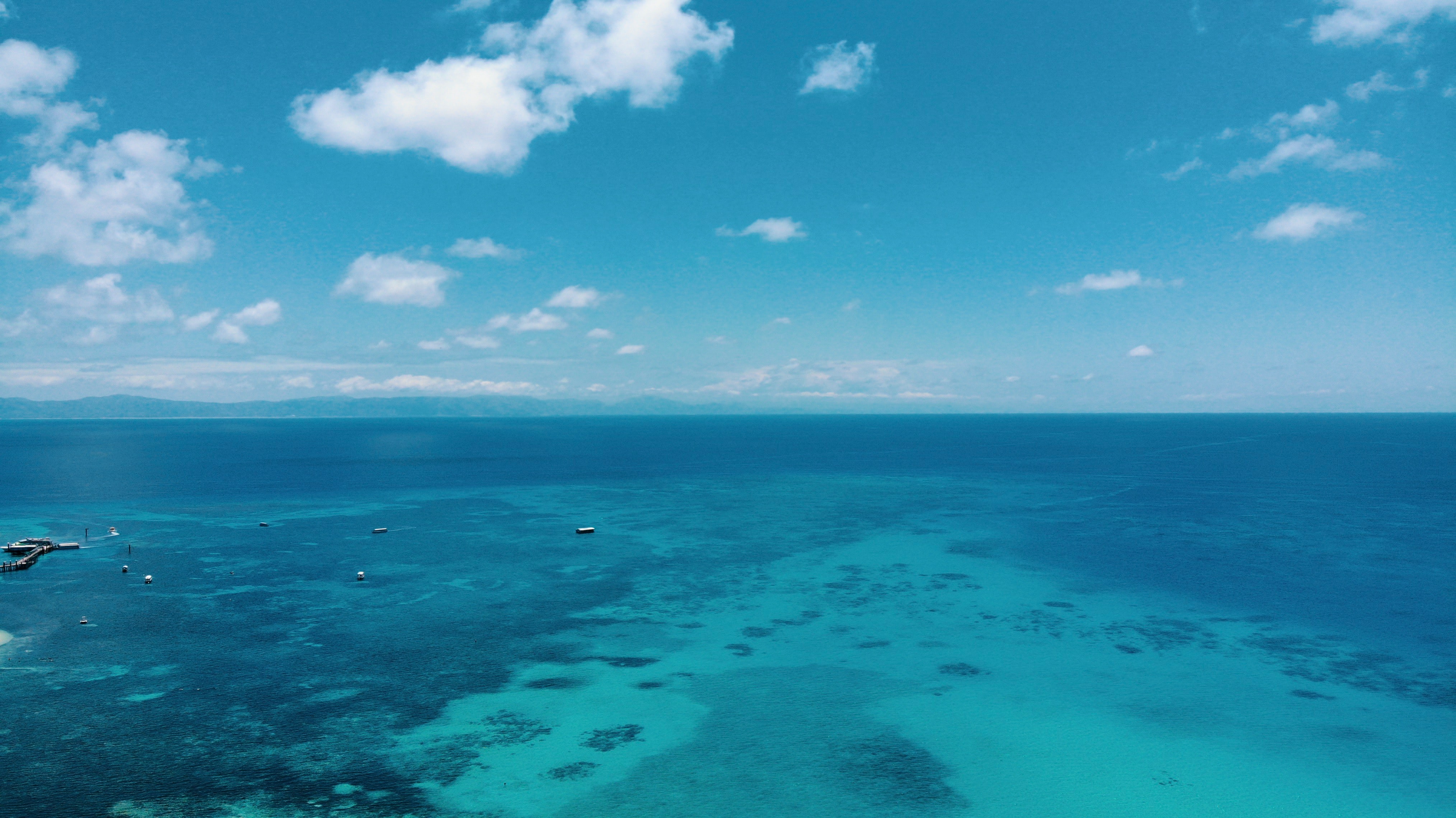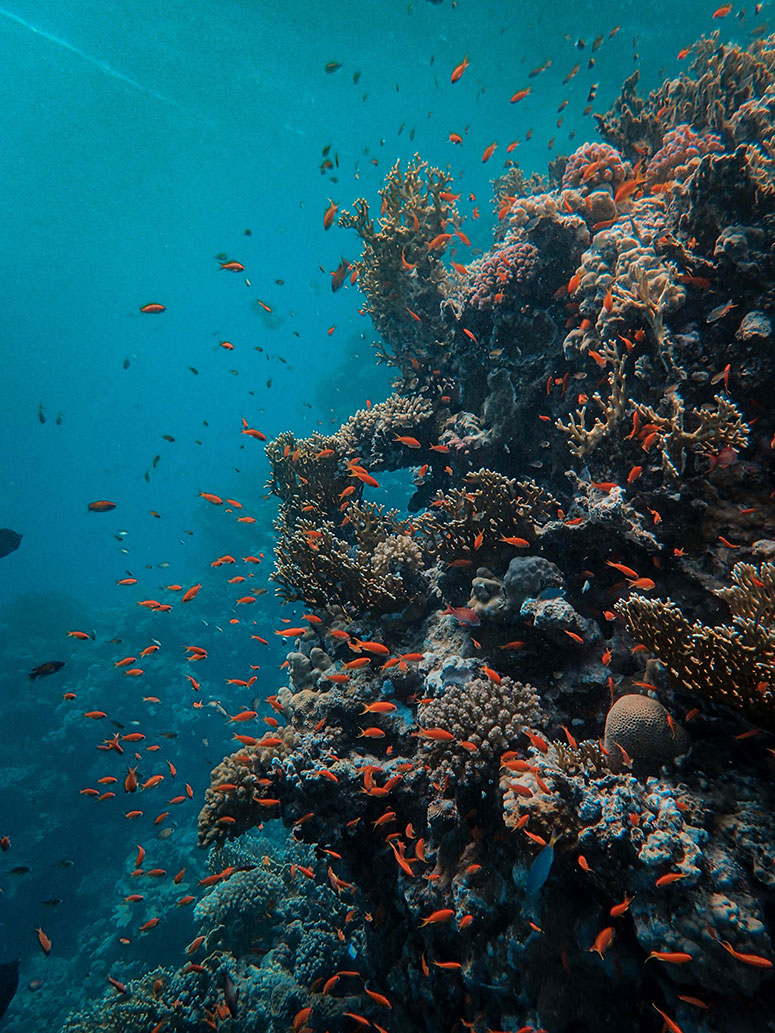
The Great Barrier Reef (GBR) is an integral part of the Queensland economy and one of our tourism powerhouses. Unfortunately, the Reef is being tested. The Great Barrier Reef Outlook Report 2019 found that the Reef’s rating was deteriorating from poor to very poor, largely attributable to the impacts of climate change and land-based run-off. The report states that the progress to improve water quality is too slow, a factor caused by the lag between action and results.
We need to tackle the whole problem – now – and our councils are a willing group, ready and able to act – now.
Reef councils play an important role and invest significantly in maintaining and improving management of activities in the catchment affecting the GBR. The Local Government Association of Queensland, on behalf of Reef councils and their communities, has sought funding for the Reef Councils’ Rescue Plan, a suite of practical initiatives that empowers Reef councils to accelerate their efforts to improve water quality flowing to the Reef.
 Reef surrounding Deeral, within Cairns region
Reef surrounding Deeral, within Cairns region
The Reef Councils’ Rescue Plan is a two-phase plan that will overcome existing barriers to create a better ‘business as usual’ for Reef councils and their communities, and deliver lasting benefits to the Reef through three initiatives. They are:
- Cleaner Wastewater – improving the outflows from our communities’ sewerage treatment plants into the Reef
- Cleaner Storm Water – improving run-off into immediate and neighbouring fish and marine habitats and
- Cleaner Road Run-off – reducing sediment run-off from the unsealed roads that service our communities along the Reef.
The Cleaner Wastewater Initiative initial investigation was funded by the Office of the Great Barrier Reef in 2019-2020.

The Local Government Challenge:
- 100+ council owned sewerage or wastewater treatment plants (WWTPs) in the Reef’s catchments;
- Increased nutrient removal from WWTPs usually requires higher expenditure and greater energy use;
- To upgrade all WWTPs within 50 km of coast to high-level treatment would cost in excess of $719 million with ongoing annual costs of $33 million.; and
- The cost for WWTPs in small communities is disproportionately high because there are few economies of scale, smaller rate bases and low capacity for affordable change.